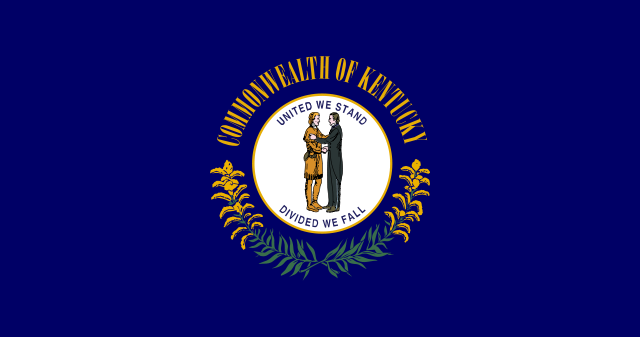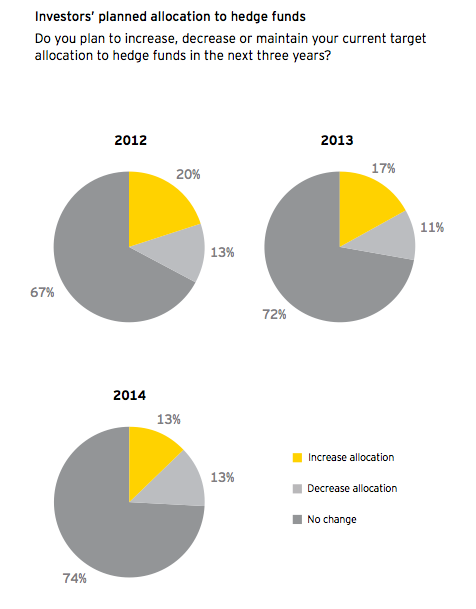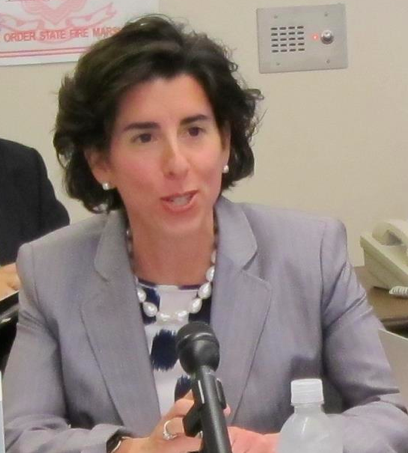The Kentucky General Assembly is considering issuing billions of dollars worth of bonds to help fund the state’s Teachers’ Retirement System (KTRS).
But the funding may come with a catch as many lawmakers want to attach strings to the funds, which range anywhere from forcing new transparency requirements on the system to making benefit changes.
From the Courier-Journal:
So far, legislators have pre-filed at least four bills that would alter some aspect of teacher pensions, and leaders from both the House and Senate say any bonding needs to be paired with reforms.
“There is not a lot of enthusiasm for borrowing more money to pay off the KTRS debt without structural changes accompanying that effort,” said Senate Majority Leader Damon Thayer, R-Georgetown.
Thayer said lawmakers need to consider adjustments to employee contributions and cost-of-living increases, along with new policies that promote transparency in the system.
House Speaker Greg Stumbo, who argues that bond proposals have merit under today’s market conditions, likewise favors measures to improve oversight and transparency as part of the overall funding scheme.
“I think to sell it, it needs to be part of the package,” Stumbo, D-Prestonsburg, said.
[…]
McDaniel, R-Latonia, is sponsoring a bill that would require public retirement systems — including KTRS — to disclose more information about use of investment middlemen known as placement agents.
In the House, Rep. Jim Wayne, D-Louisville, has pre-filed legislation that would, among other things, ban the use of placement agents and require KTRS to publicly disclose information about investments and contracts.
Wayne said the bonding proposal makes some fiscal sense if the state can borrow money at a interest rate lower than its investment return.
But he warned that lawmakers can’t trust the system to act in the best interest of retirees without more transparency, and he says the funding problem is better addressed through tax reform.
KTRS manages $17.5 billion in assets.









